When exploring the world of red wines, one may come across two popular varietals: Red Zinfandel and Pinot Noir. These two wines, though both red, boast distinct characteristics that set them apart from each other in terms of taste, aroma, and even the winemaking process. Understanding the differences between Red Zinfandel and Pinot Noir can enrich your wine-drinking experience and help you make informed choices when it comes to wine selection and food pairings.
Key Takeaways
- Red Zinfandel has its origins in Croatia, while Pinot Noir comes from Burgundy, France.
- The distinctive grapes and winemaking techniques contribute to their unique flavor profiles.
- Understanding each wine’s characteristics helps in wine selection and food pairing.

Red Zinfandel and Pinot Noir
Red Zinfandel, often simply called Zinfandel, is a bold and fruity red wine that originated in Croatia, while Pinot Noir is an elegant and light-bodied red wine that traces its roots to the Burgundy region of France. While they both come from the family of red grapes, the characteristics of the grapes themselves, as well as the winemaking techniques that produce these wines, contribute to their distinguished flavor profiles and overall presentation.

In comparing Red Zinfandel and Pinot Noir, it’s important to understand the essence of each wine, from the origins of the grape varieties, to the winemaking process, and the unique flavors that result. By appreciating their individual characteristics, wine lovers can enhance their palate and discover the complexities behind these two popular red wines.
Origins of Zinfandel and Pinot Noir
Historical Background
Pinot Noir is one of the oldest grape varieties, with its cultivation dating back to the Roman era. It originated in the Burgundy region of France, where it remains a prominent grape variety. Red Zinfandel, on the other hand, has a more obscure history. It was long believed to be indigenous to California. However, genetic research later revealed its Croatian origins, where it is known as Crljenak Kaštelanski.

Geographical Spread
Pinot Noir has become popular globally, and its cultivation has extended beyond France. Notable Pinot Noir producing regions include:
- United States: Particularly in Oregon and California, it has found a suitable climate for its growth. Oregon’s Willamette Valley is especially recognized for its quality Pinot Noir wines.
- Australia: The cooler regions of Australia, such as Yarra Valley and Mornington Peninsula, have gained recognition for their Pinot Noir wines.
- New Zealand: Pinot Noir has found success in regions like Central Otago and Marlborough, where the climate and soil conditions are favorable for the grape variety.
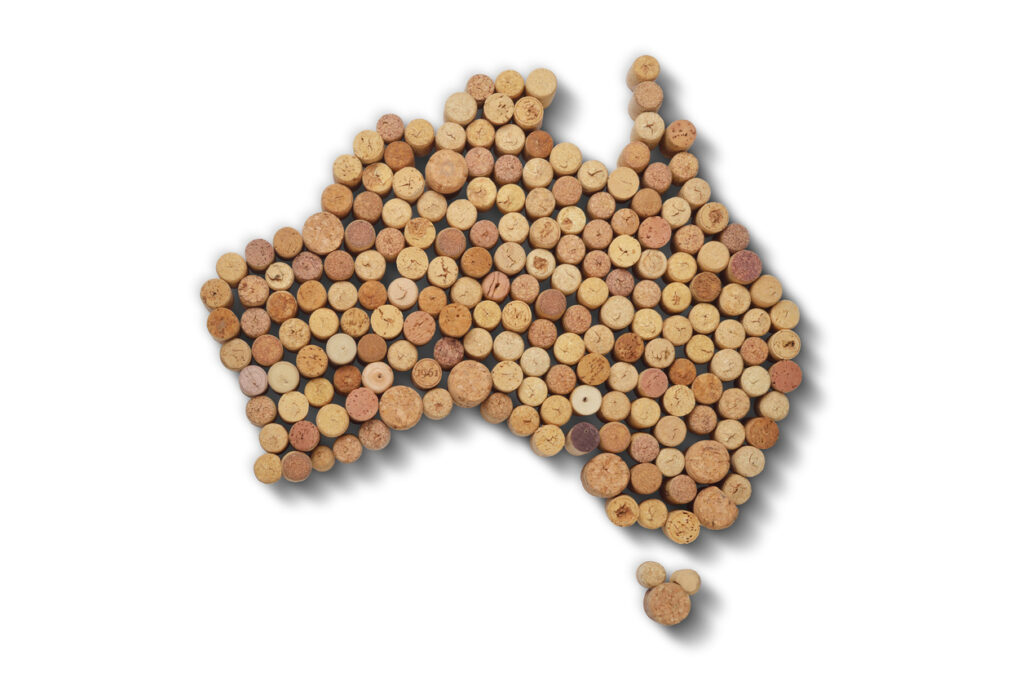
Red Zinfandel has a more limited geographical spread, with most of its cultivation happening in the United States:
- California: The warm climate of California, especially in regions such as Napa Valley and Sonoma County, has allowed Red Zinfandel to flourish.
- Croatia and Italy: A small proportion of Zinfandel’s original varieties, Crljenak Kaštelanski in Croatia and Primitivo in Italy, continue to be cultivated. However, their prominence and production volume is significantly less compared to that of California.
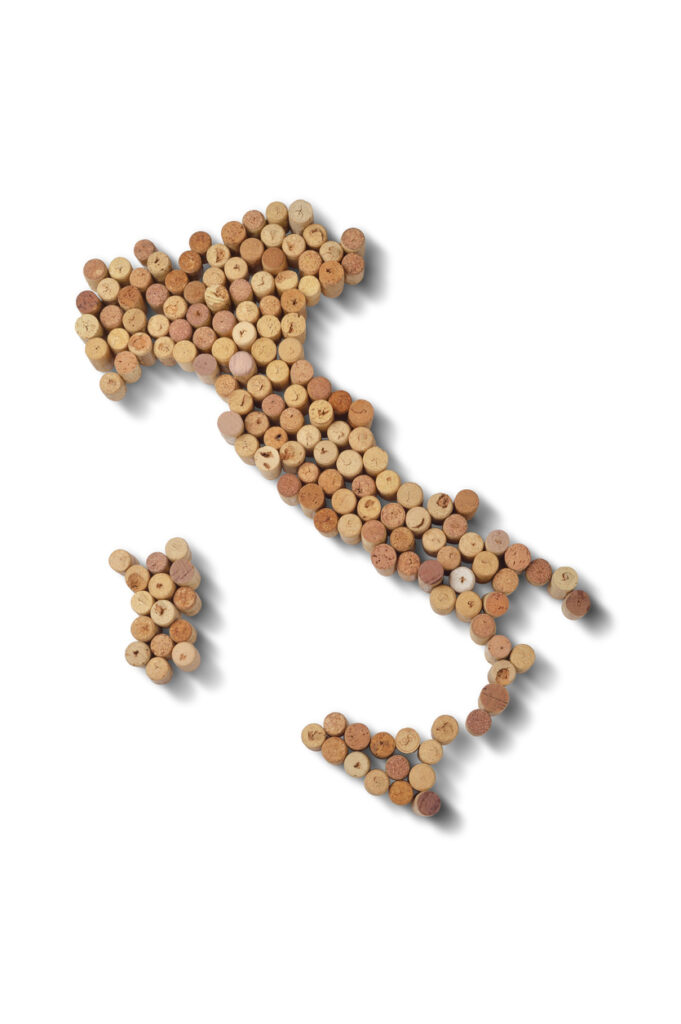
The Grapes: Zinfandel vs Pinot Noir
Physical Characteristics
Zinfandel grapes are known for their large, tight clusters and thin-skinned berries. These grapes have a deep blue to black color, providing the wine with its bold, fruity, and spicy flavors. The thin skin also contributes to the lighter tannin structure in the finished wine.
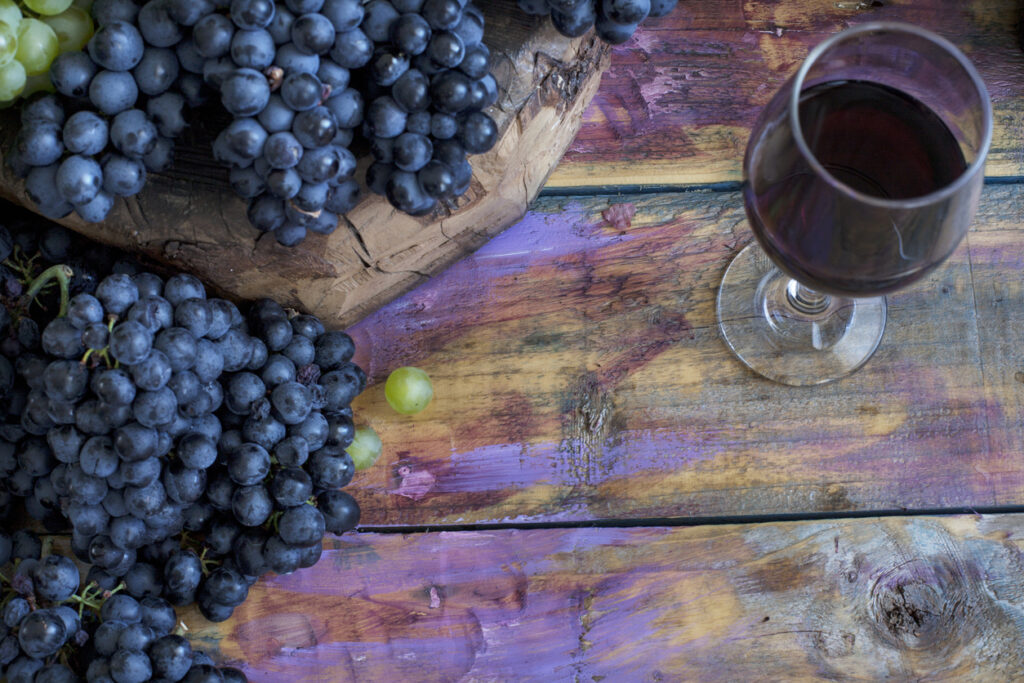
Pinot Noir grapes, on the other hand, have smaller, looser clusters and are more delicate. The berries have a thin skin, which results in a lighter color and body in the resulting wine. The thin skin also means that Pinot Noir grapes are more susceptible to diseases and require more careful handling.
Climatic Requirements
Zinfandel grapes thrive in warmer climates, such as California, where they benefit from abundant sunshine and heat. This allows the grapes to ripen fully and develop their signature bold and fruity flavors. Zinfandel does well in areas with well-drained soils, which helps to stress the vines and produce more concentrated fruit.
| Climate | Zinfandel | Pinot Noir |
| Temperature | Warm | Cool |
| Sun Exposure | High | Moderate |

Pinot Noir grapes prefer cooler climates, like those found in Burgundy, France, or Oregon in the United States. These cooler conditions allow the grapes to ripen slowly, developing complex flavors and retaining their natural acidity. Pinot Noir grapes require well-drained soils and are highly sensitive to environmental factors such as frost, heat, and humidity.

In conclusion, Zinfandel and Pinot Noir grapes have distinct physical characteristics and climatic preferences, contributing to the unique flavors, colors, and styles of the wines they produce.
Winemaking Process
Fermentation
Red Zinfandel and Pinot Noir are both popular red wine varietals; however, their winemaking process differs in terms of fermentation. In producing Red Zinfandel, the grapes are typically crushed and left in contact with the grape skins for an extended period during fermentation. This process results in the wine’s rich red color and robust, fruity flavors. Pinot Noir, on the other hand, has a more delicate fermentation process aimed at producing a wine with a lighter body and more subtle fruit flavors.
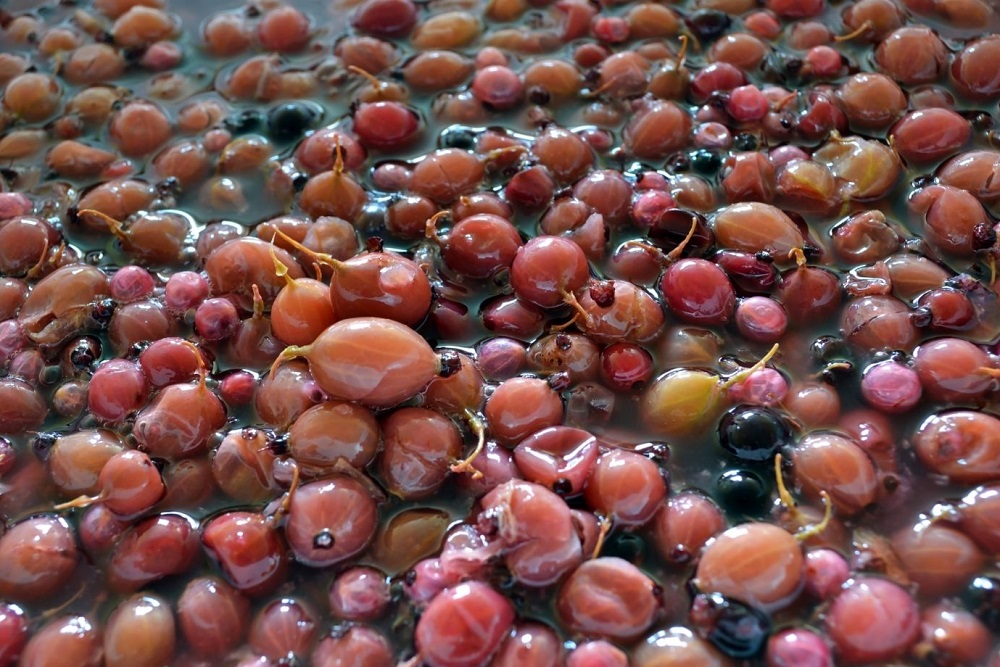
While the alcohol content for both wines can vary, Red Zinfandel often has a higher alcohol content compared to Pinot Noir. This is a result of the fermentation process, where the sugar in the grapes is converted to alcohol. Higher alcohol content in Red Zinfandel is achieved through longer fermentation periods and more sugar content in the grapes, whereas Pinot Noir has a lower sugar content, which results in a more moderate alcohol level.
Aging Process
The aging process is another aspect where Red Zinfandel and Pinot Noir differ. Red Zinfandel wines typically undergo a longer aging process in oak barrels. The oak barrel aging imparts strong flavors of vanilla and spice to the wine, enhancing its complexity and body. Additionally, the longer aging process in oak barrels can contribute to the high alcohol content found in some Red Zinfandels.
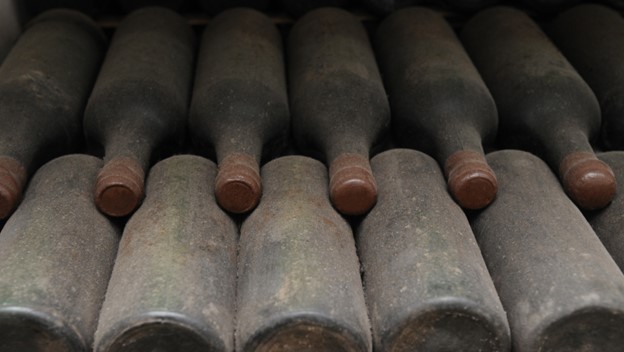
On the other hand, Pinot Noir has a shorter aging process, often taking place in a combination of oak and stainless steel barrels. This allows the grape’s natural flavors to remain at the forefront while still benefiting from the subtle influence of oak in the form of delicate, toasted notes. The resulting wine has a smoother, lighter texture and a more nuanced and complex profile.
In summary, Red Zinfandel and Pinot Noir have distinct winemaking processes centered around their fermentation techniques and aging methods. The differences in these processes result in the unique characteristics of each wine, including their flavor profiles, color, body, and alcohol content.
Flavor Profiles
Red Zinfandel and Pinot Noir are two very distinct red wines with unique flavor profiles. In this section, we will explore the taste and characteristics of each wine, showcasing their differences and individual qualities.

Red Zinfandel
It is known for its bold, fruity flavors that arise from ripe berries and dark fruits. The primary fruit flavors that can be found in Red Zinfandel include black cherry, raspberry, blackberry, and plums. These flavors are often accompanied by spice notes of cinnamon, clove, and black pepper, adding more complexity to the wine. Some Red Zinfandel wines also exhibit earthy, savory notes such as smoke, tobacco, and leather. The tannins in Red Zinfandel can be moderate to high, which contributes to its bold flavor experience.
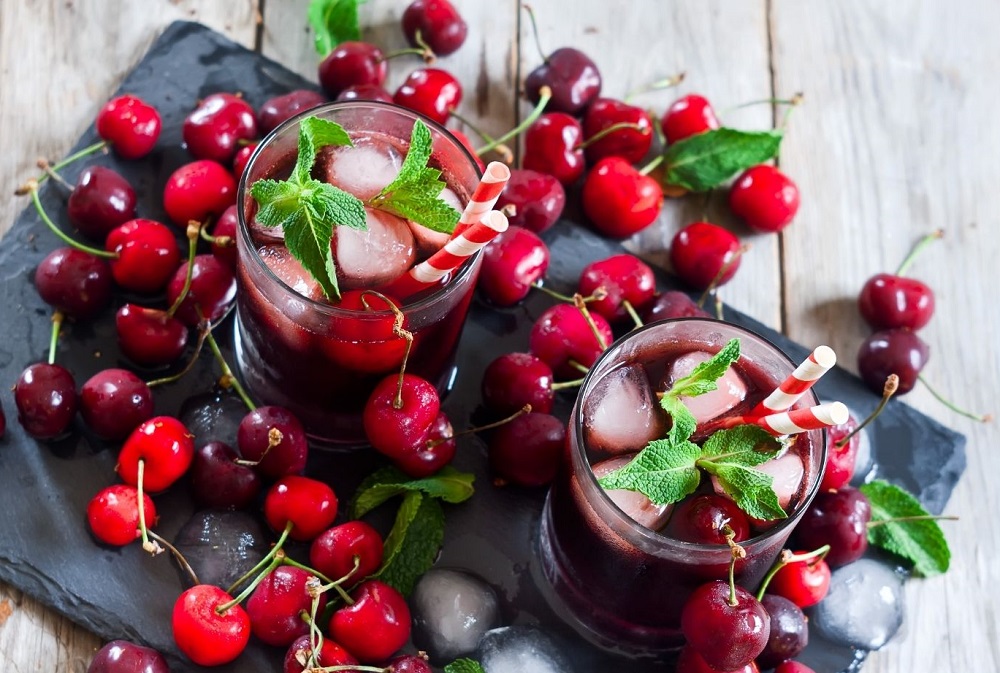
Pinot Noir
In contrast, Pinot Noir tends to exhibit a more elegant and delicate flavor profile. Its primary fruit flavors consist of red berries, including cherry, strawberry, and raspberry. Alongside these fruity notes, Pinot Noir often displays subtle earthy undertones like mushroom and damp leaves. The spice notes in Pinot Noir are more subdued, with hints of vanilla and licorice occasionally present. In terms of tannins, Pinot Noir usually falls on the lighter side, giving the wine a softer, more approachable overall character.

When comparing the two wines, it is evident that Red Zinfandel leans more toward bold flavors with a strong fruit and spice presence, whereas Pinot Noir offers a more elegant and refined taste with its delicate balance of fruit and earthy notes. Ultimately, both wines boast their own unique flavor profiles that cater to a wide range of wine enthusiasts.
Food Pairing
When it comes to food pairing, Red Zinfandel and Pinot Noir are two wines that offer a unique experience. While both red wines, they have distinct flavor profiles that pair well with different types of dishes.
Red Zinfandel
Red Zin is known for its bold and spicy characteristics. It has a rich fruitiness with notes of blackberry, raspberry, and cherry. This intensity makes it an excellent choice for pairing with hearty and flavorful dishes such as barbecue ribs or grilled steak. The robust flavors of the wine can stand up to the strong flavors of the meat, creating a harmonious balance.

Pinot Noir
On the other hand, Pinot Noir is lighter in body with delicate aromas of red fruits like strawberry and plum. Its earthy undertones make it a versatile wine that pairs well with a wide range of foods. It works wonderfully with roasted chicken or salmon due to its acidity and smooth texture. The wine’s subtlety allows it to enhance the natural flavors of these dishes without overpowering them.

In conclusion, while both Red Zinfandel and Pinot Noir are red wines, they offer completely different experiences when it comes to food pairing. Red Zinfandel’s boldness complements heartier dishes like barbecued meats, while Pinot Noir’s delicacy pairs perfectly with roasted poultry or fish. Experimenting with these two wines will allow you to discover new flavor combinations that will delight your taste buds.
Comparison of Flavors
When it comes to exploring the world of red wines, there are few options as intriguing and diverse as Red Zinfandel and Pinot Noir. While both can be enjoyed on their own, a closer comparison reveals distinct flavor profiles that set them apart.
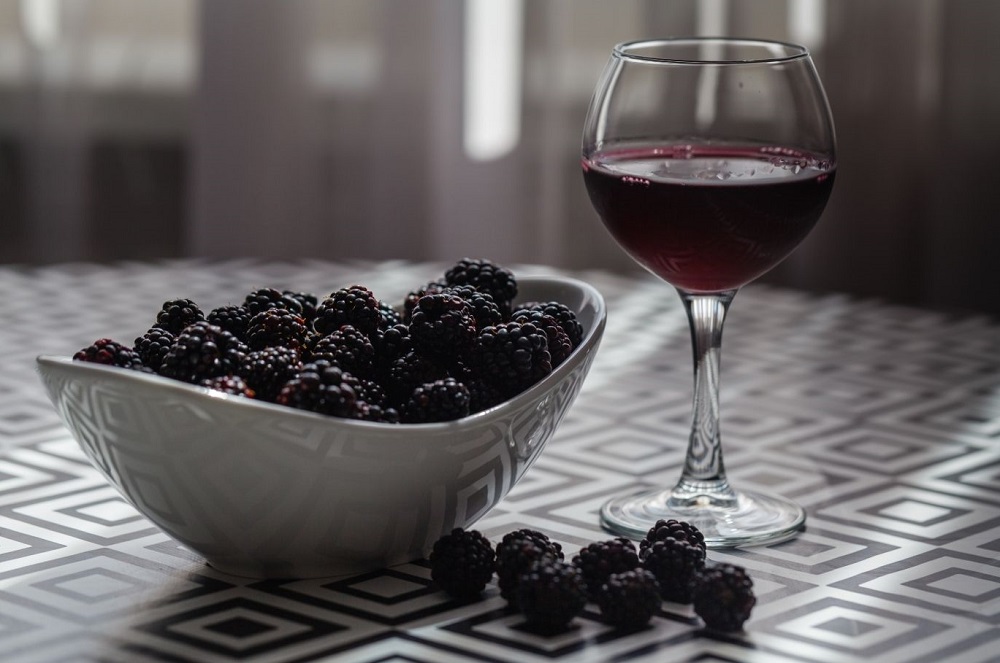
Red Zin
Red Zinfandel boasts bold flavors of ripe blackberries and dark cherries, with hints of spice that add complexity to every sip. This full-bodied wine packs a punch with its higher alcohol content and can often showcase a rich, jammy character.
Pinot Noir
On the other hand, Pinot Noir embodies elegance and finesse with its lighter body and delicate aromas. Its flavors range from bright red fruits like raspberries and strawberries to earthy notes of mushrooms and forest floor. Unlike Red Zinfandel, Pinot Noir tends to have lower tannins, making it smoother on the palate while still offering layers of complexity in its taste profile.

In conclusion, the choice between Red Zinfandel and Pinot Noir ultimately comes down to personal preference and what you seek in a red wine experience. Whether you lean towards the powerful intensity of Red Zinfandel or prefer the graceful subtlety of Pinot Noir, both varietals offer unique flavors that will undoubtedly captivate any wine lover’s palate. So why not embark on your own exploration journey by indulging in these two delightful wines? Cheers!
Tannin Levels
When it comes to red wines, two popular options that often come up for comparison are Red Zinfandel and Pinot Noir. While both of these wines have their own distinct flavors and characteristics, one aspect that sets them apart is their tannin levels.

Red Zinfandel
It is known for its robust and fruity profile, tends to have higher tannin levels compared to Pinot Noir. Tannins are compounds found in grape skins, stems, and seeds that give wine its structure and mouthfeel. In the case of Red Zinfandel, the thick skin of the grapes used contributes more tannins to the final product.
Pinot Noir
On the other hand, Pinot Noir generally has lower tannin levels due to its thin-skinned grapes. This results in a lighter-bodied wine with softer tannins that glide across your palate. The subtle nature of Pinot Noir’s tannins allows for greater focus on the delicate aromas and flavors that make this varietal so beloved by many wine enthusiasts.

Whether you prefer a bolder wine like Red Zinfandel with its intense tannic presence or a more elegant choice like Pinot Noir with its silky texture, both options offer something unique. Exploring different styles of wines can unveil new tasting experiences and help develop an individual preference based on personal taste preferences.
What is cheaper Red Zinfandel or Pinot Noir?
When it comes to red wine, there are few varietals that can rival the popularity and versatility of both Red Zinfandel and Pinot Noir. While they may come from different regions and have distinct flavor profiles, they share a common trait – their ability to captivate wine enthusiasts. However, one area where these two wines differ significantly is in their price point.

Red Zinfandel, often hailed as a quintessential American wine, offers an excellent value for its price. With its bold flavors of dark berries, spice, and sometimes even chocolate or coffee notes, Red Zinfandel delivers a powerful punch without breaking the bank. Quality bottles can be found starting at around $15 or $20 per bottle, making it an attractive choice for budget-conscious wine lovers looking for big flavors.

On the other hand, Pinot Noir tends to carry a higher price tag due to its more delicate nature and reputation as a premium wine. Grown in cooler climates such as Oregon’s Willamette Valley or France’s Burgundy region, Pinot Noir often exhibits notes of red fruits like cherry and raspberry along with earthy undertones. It typically requires careful cultivation and winemaking techniques which drive up production costs and ultimately the final price on the shelf. For those seeking complexity and finesse in their wine glass, investing in a quality bottle of Pinot Noir is well worth it – though expect prices ranging from $30 to over $100 per bottle.

